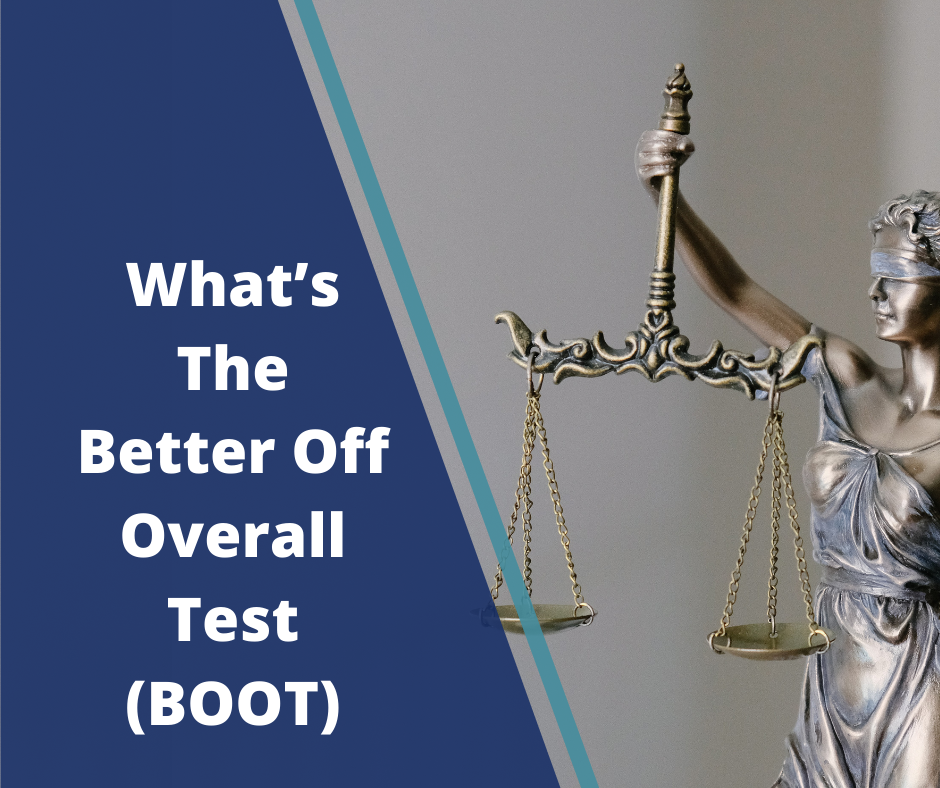Getting Technical – Stapling Of Super Funds
Introduction
The Your Super, Your Future Legislation Was Passed Into Law On 24 June. A Key Feature Is The New Superfund Stapling Rules Which Will Impact The Many Bookkeepers Who Handle A Client’s Payroll, Superannuation And The Setting Up Of New Employees In These Systems. This New Measure Commences In Just A Few Short Weeks On 1 November 2021!
The New Rules Ensure That When A Worker Moves Jobs The Super Fund That They Used With Their Former Employer Will Be ‘Stapled’ Automatically To Them, To Protect Their Retirement Savings Being Drained By The Costs Of Unintended, Multiple Accounts.
Background
Unintentional multiple accounts are created when a worker changes jobs and does not nominate a superannuation fund to the new employer under the super choice system. For background, under Australia’s compulsory superannuation system, employers must nominate a superannuation fund on behalf of their workers (default funds). Employers pay a worker’s compulsory contributions into their default fund if a worker does not choose their own fund. If you change jobs multiple times over your working life and do not nominate a superannuation fund, you could end up with multiple superannuation accounts, all charging their own fees and insurance premiums.
The latest data from the ATO indicates there are approximately six million multiple accounts held by 4.4 million people. Over one-third of multiple accounts are held by people aged 35 or younger. These multiple accounts collectively charge $450 million in fees per year. Eliminating these multiple accounts, through stapling, will eradicate these fees and, in turn, boost the retirement savings of affected individuals.
The New Rules
Under the new rules, effective 1 November, an employer can comply with the choice of fund rules by making contributions to the stapled fund of an employee who:
- started their employment on or after 1 November 2021
- has a stapled fund, and
- has not chosen a fund to receive superannuation contributions.
Employers can continue to make contributions to their own default fund in compliance with the choice of fund rules if the employee does not have a stapled fund.
To support the new stapled fund rules, the amendments allow employers to request that the ATO identify any stapled fund held by an employee. This request must be made in the approved form (see later). Where a valid request is made, the ATO must notify the employer they can identify a stapled fund for the employee as soon as practicable.
Identifying The Stapled Fund
You’ll be able to request an employee’s stapled super fund from the ATO after the employer (or their BAS Agent or Tax Agent on their behalf) has submitted a Tax file number declaration or Single Touch Payroll pay event linking the employer to them. There is no limit to the number of requests you can make. To request a stapled super fund, employers, or their authorised representative such as their BAS Agent, need to:
- log into ATO online services.
- enter the employee’s details, including their:
- TFN – an exemption code can be entered where an employee cannot provide their TFN, but this could result in processing delays
- full name – including ‘other given name’ if known
- date of birth
- address (residential or postal), if TFN not given.
The ATO’s online system will use rules based on the regulations to work out and return a stapled super fund in response to a request.
You will receive the response on-screen. You should be notified of the result of the stapled super fund request within minutes.
ATO Compliance Approach
The new superannuation stapled fund rules will see the ATO adopt a gently-gently approach to employer compliance. The new guidelines are contained in SPR 2021/D1 – choice of fund – written guidelines for the reduction of an increase in an employer’s individual superannuation guarantee shortfall determination 2021.
A transitional period will apply from 1 November 2021 until 31 October 2022. During this time employers will, in the first instance, be provided with help and assistance to comply with the stapled fund requirements. The Commissioner will reduce any choice shortfall to nil where that shortfall arose due to an emloyer’s lack of knowledge of the stapled fund requirements (as opposed to an intentional disregard). This lenient transitional approach is confined to the stapled fund changes – not to existing superannuation choice rules. From 1 November 2022, the transitional approach will end. By that time, penalties may be applied on a stricter basis.
We love equipping Business owners with the tools they need to thrive.
We can free up your time and get your bookkeeping off to a great start , After a discovery call with you, we will conduct a business analysis and design a customised implementation plan.
If you need any help, we’re here to provide ongoing support, advice and training. Our Payroll Angels will look after you.


